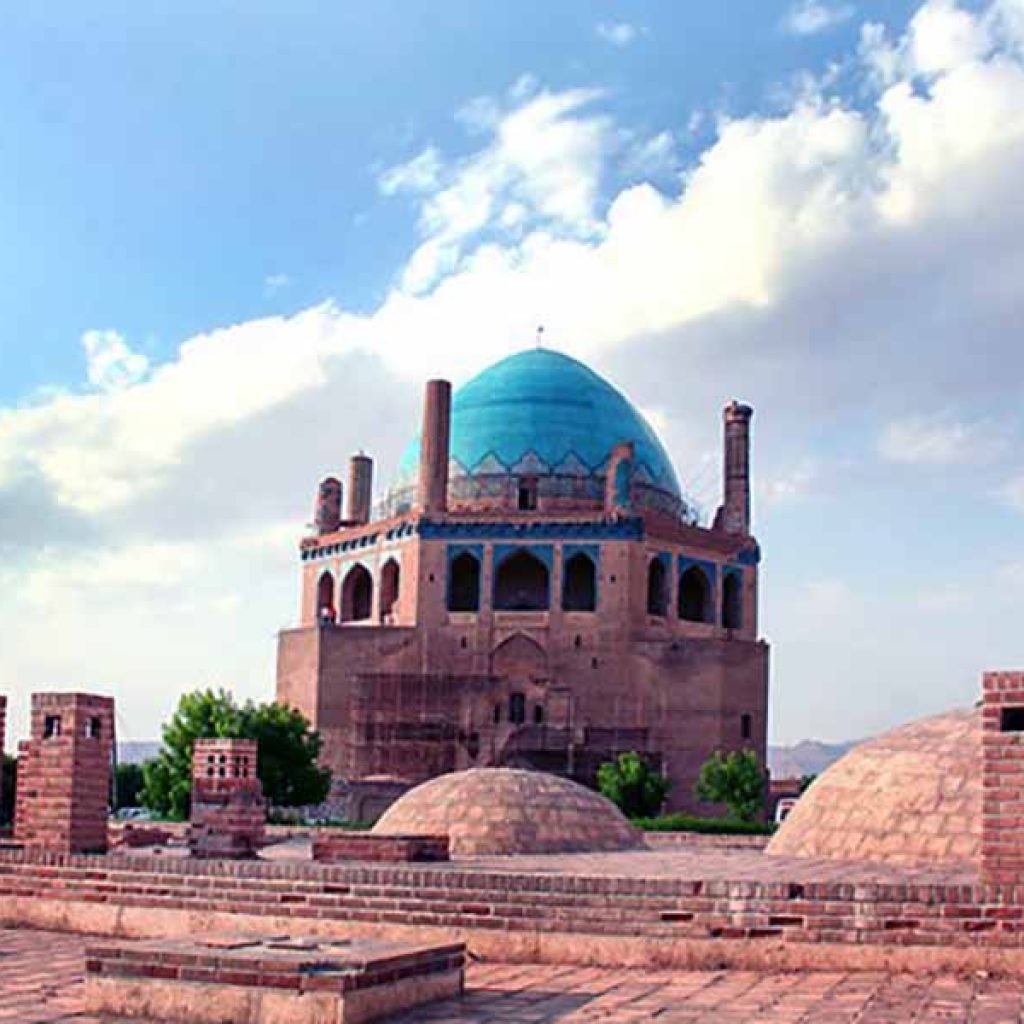
Soltanieh Dome

Behestan Castle
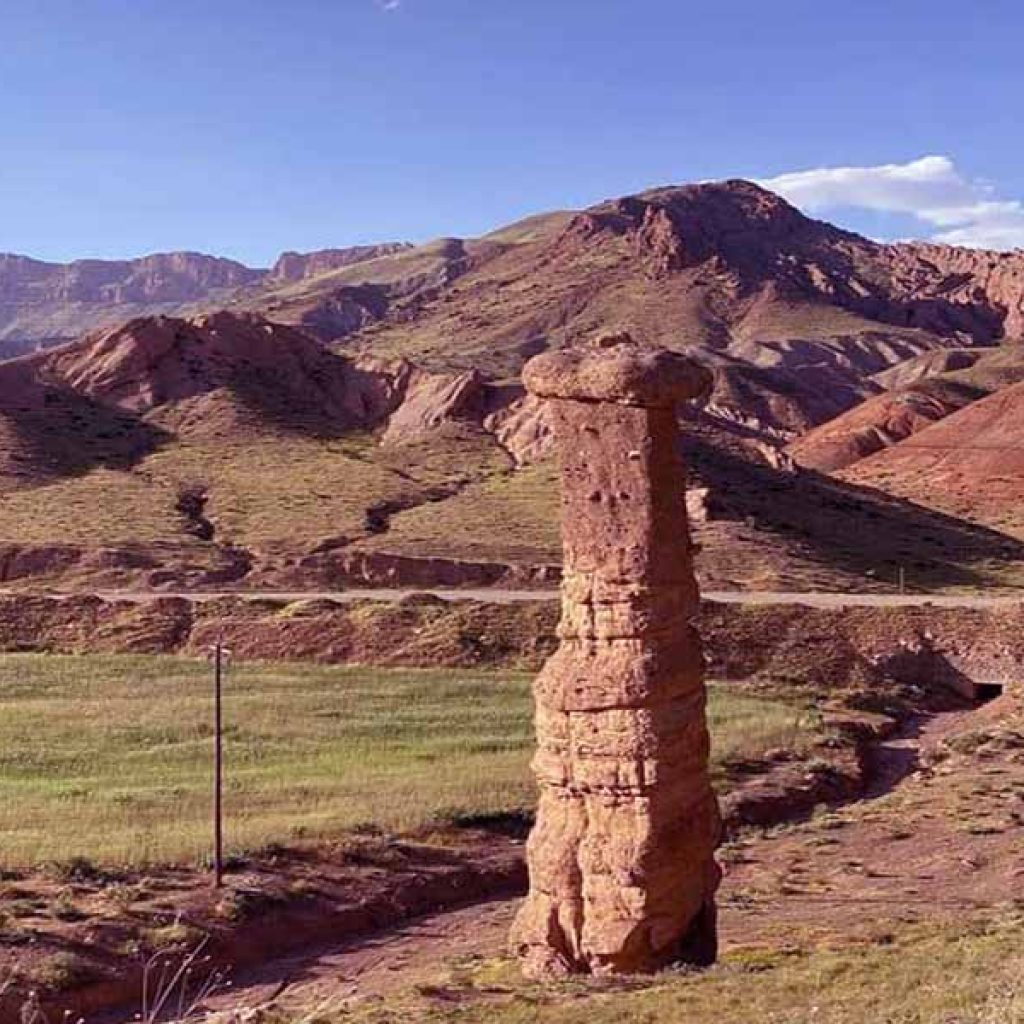
Jinn’s Chimneys (Hoodoos)

Ala Daghlar
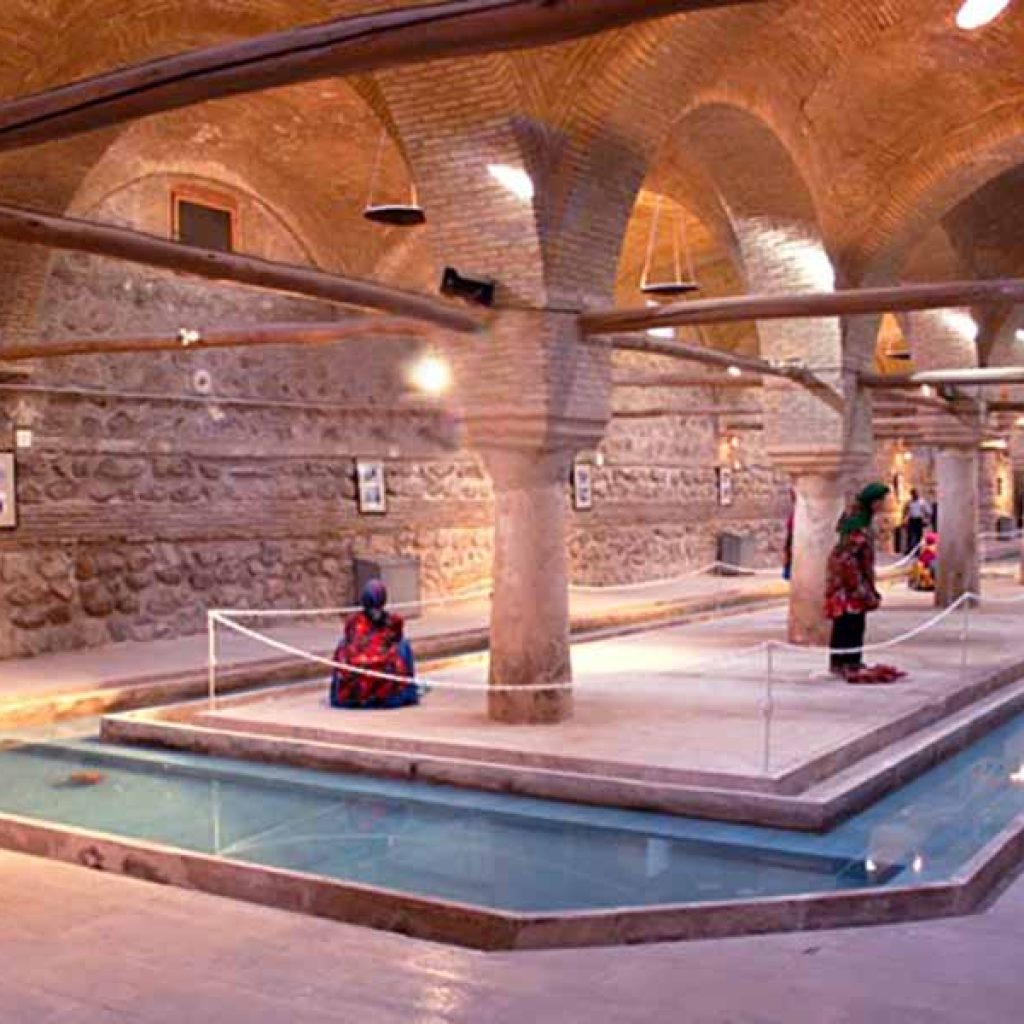
Rakhtshooy Khaneh and Anthropology Museum
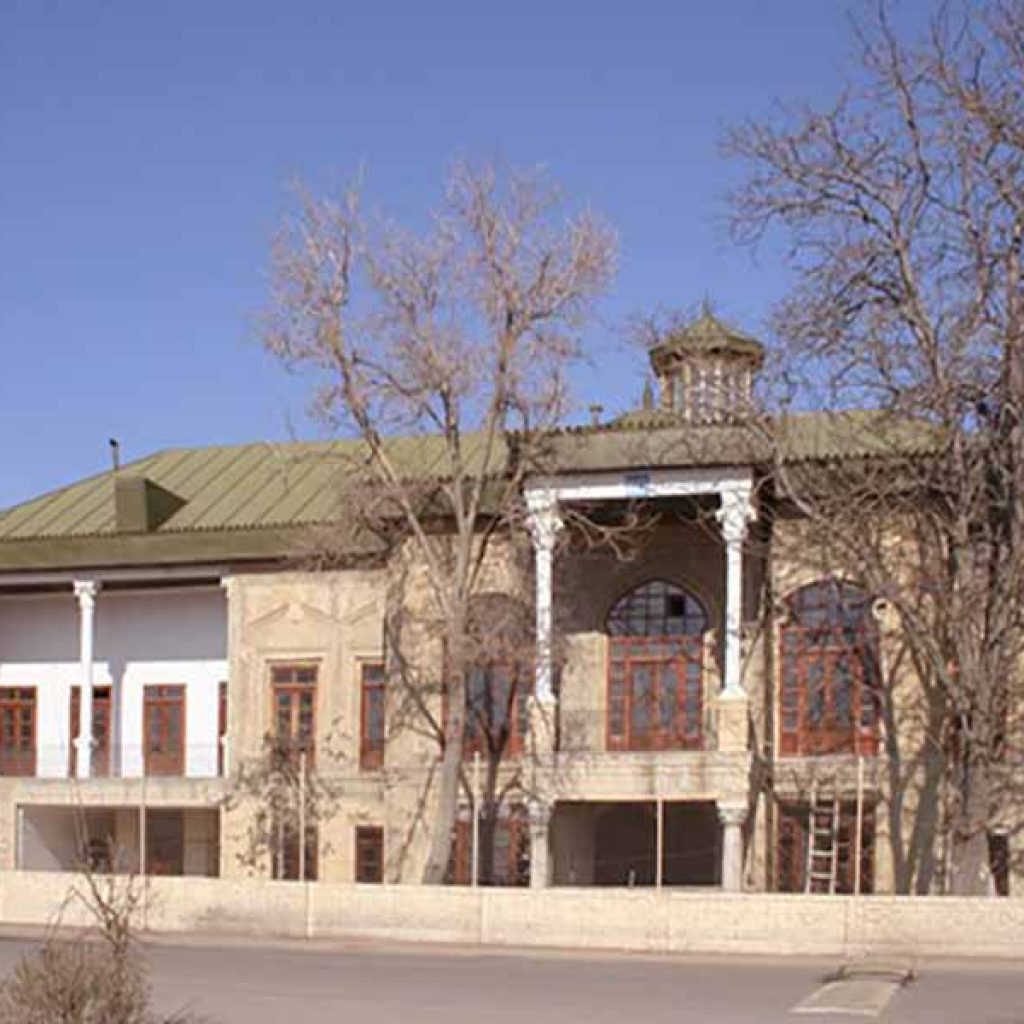
Zolfaqari House and Salt Men Museum
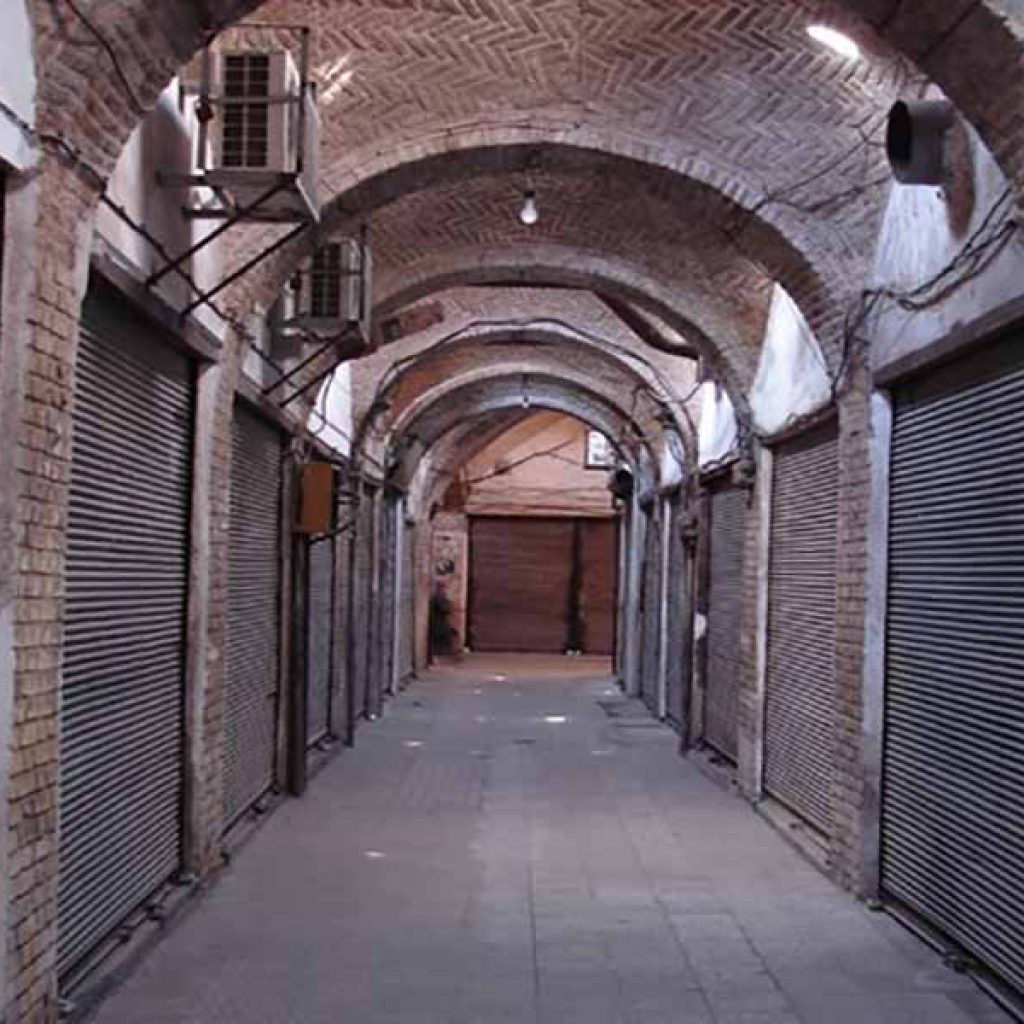
Zanjan Traditional Bazar
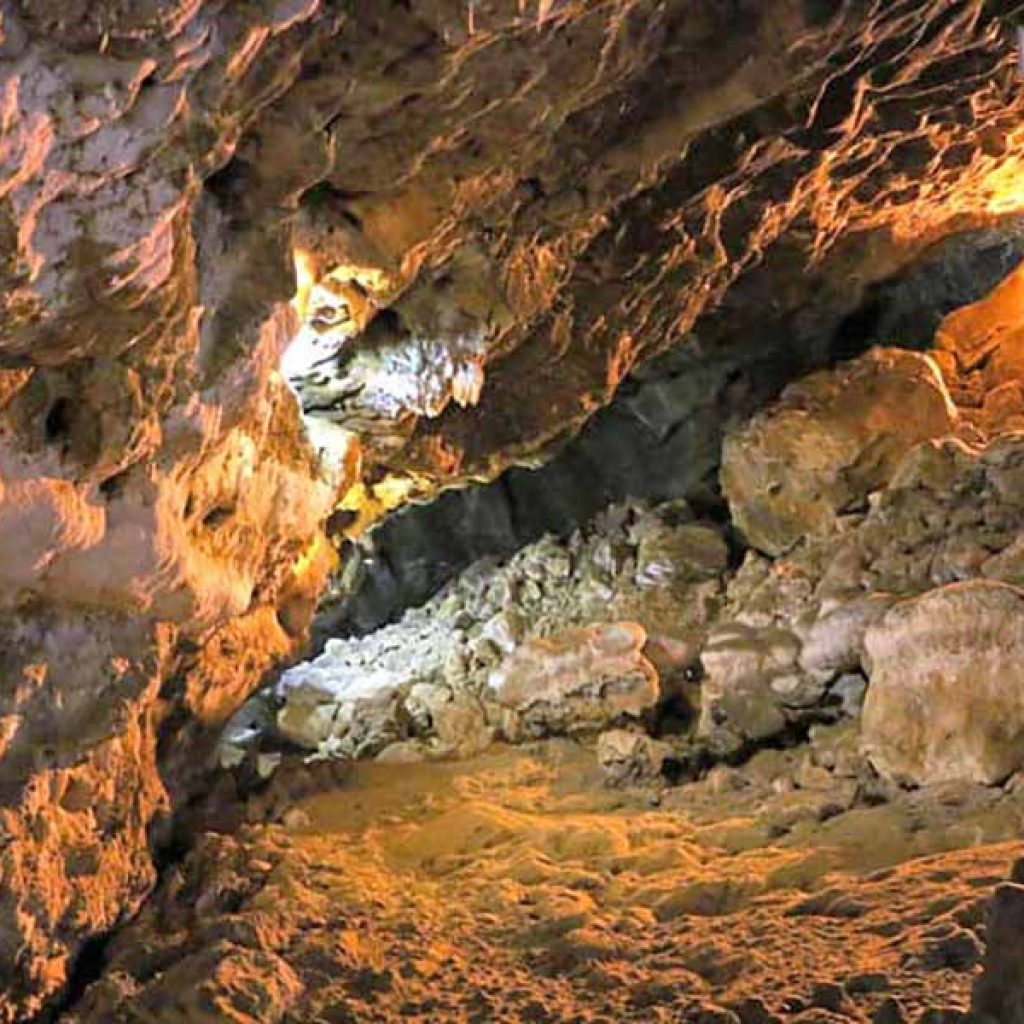
Katale Khor Cave
Tehran, Tabriz, Bazargan Border, Erzurum, Uzundere, Artvin, Hopa, Rize, Trabzon
